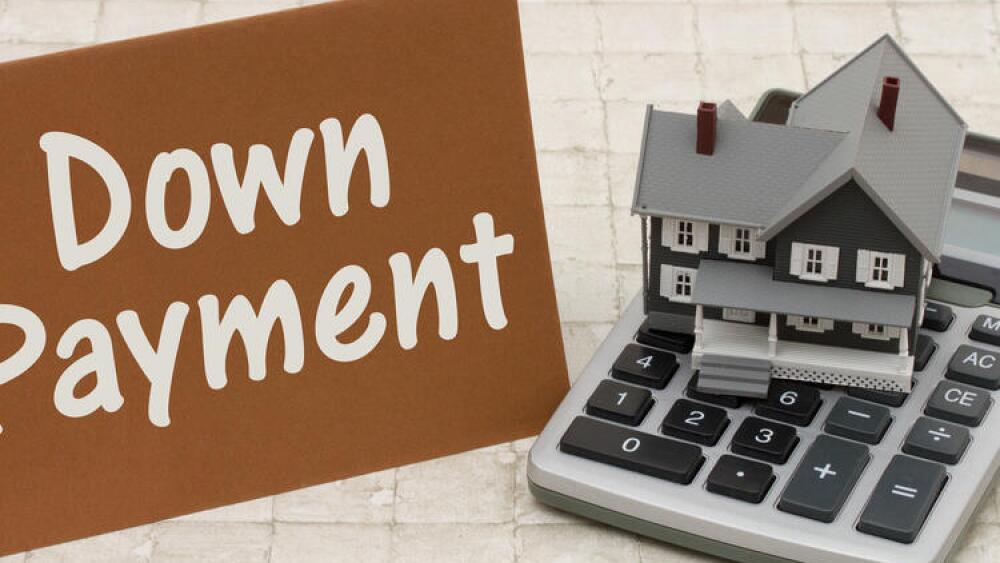When it comes to buying a home, one of the biggest hurdles for many prospective homeowners is the down payment. It’s a significant upfront cost that can seem daunting, but the good news is that there isn’t a one-size-fits-all answer to how much you need. The down payment requirement varies depending on several factors, including the type of mortgage you choose, your financial situation, and the lender’s policies.
Here’s a breakdown of some key considerations:
- Mortgage Type: The down payment requirement can vary widely based on the type of mortgage you choose. Conventional loans typically require a down payment of 20% of the home’s purchase price to avoid private mortgage insurance (PMI). However, some lenders offer conventional loans with lower down payment options, such as 3% or 5%.
- FHA Loans: The Federal Housing Administration (FHA) offers loans with down payments as low as 3.5% of the purchase price. These loans are a popular choice for first-time homebuyers and those with lower credit scores.
- VA Loans: If you’re a qualified veteran or active-duty service member, VA loans may allow you to purchase a home with no down payment at all.
- USDA Loans: The U.S. Department of Agriculture (USDA) offers loans with zero-down options for homes located in eligible rural areas.
- Local Programs: Many state and local government programs like MassHousing and New Hamspshire Housing offer down payment assistance to help first-time buyers bridge the affordability gap.
So, how much should you aim for? Ideally, saving for a 20% down payment can help you secure a more favorable mortgage rate and avoid PMI. However, it’s not always necessary. In fact, many homebuyers today put down less than 20%.
Ultimately, the right down payment amount for you depends on your financial situation and goals. A lower down payment may get you into your dream home sooner, but it’s essential to consider the long-term financial implications, including potential higher monthly mortgage payments and additional costs like PMI.
In conclusion, while a 20% down payment is often considered the gold standard, there are various mortgage options and down payment assistance programs available to help you become a homeowner with less upfront cash. The key is to do your research, consult with a trusted mortgage advisor, and make a decision that aligns with your financial goals and circumstances. Remember, buying a home is a significant investment, so choose the path that’s right for you and your family.

